5 Simple Dinner Rules That Help You Burn Fat Overnight

Dinner plays a significant role in weight loss, as what you eat and when you eat can influence how your body processes calories while you sleep. A few simple changes can help your body burn fat more effectively and leave you feeling lighter and more energized in the morning. These five dinner rules are designed to support digestion, boost metabolism, and promote fat loss—without making your meals feel restrictive.
Eat Protein with Every Dinner
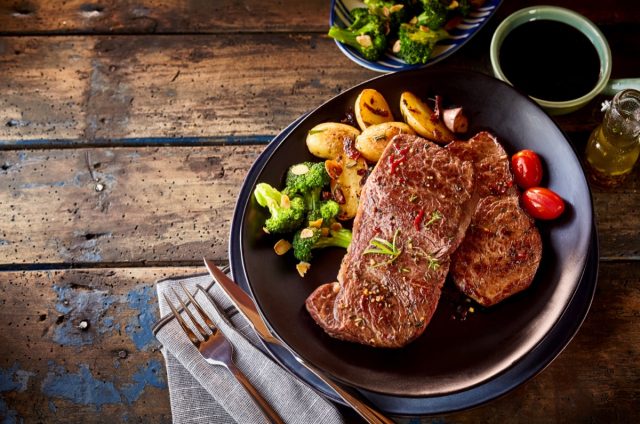
Protein is essential for muscle repair and maintenance, which helps boost metabolism. Include lean sources like grilled chicken, fish, tofu, or lentils in your dinner. Protein also promotes satiety, preventing late-night cravings and overeating.
RELATED: This Is Exactly How to Lose Body Fat This Year
Load Up on Non-Starchy Vegetables
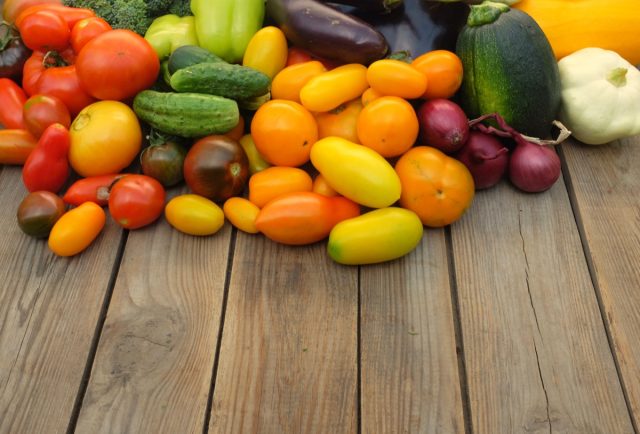
Vegetables like broccoli, spinach, zucchini, and peppers are low in calories but high in fiber and nutrients. Filling half your plate with non-starchy veggies supports digestion, keeps you full, and helps regulate blood sugar levels overnight.
Avoid Heavy Sauces and Dressings
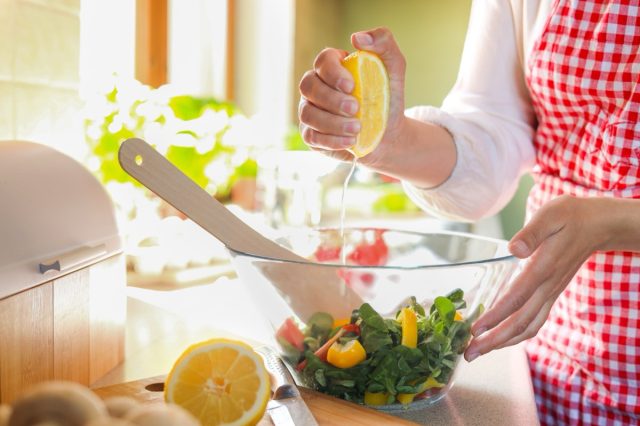
Rich, creamy sauces and dressings can add unnecessary calories and fat to your meals. Opt for lighter alternatives like olive oil, balsamic vinegar, or lemon juice to enhance flavor without compromising your weight-loss goals.
Don't Eat Too Late
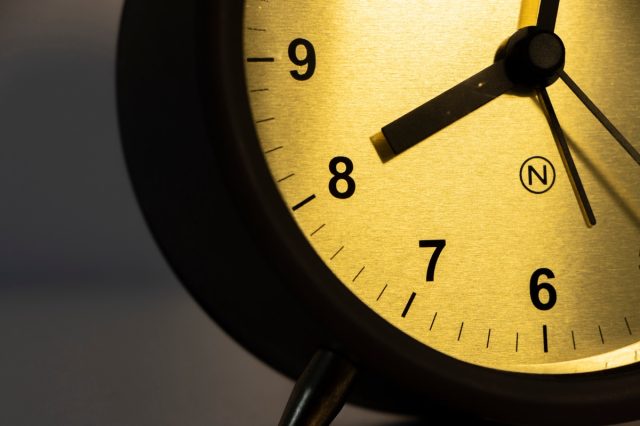
Eating too close to bedtime can disrupt digestion and hinder fat burning. Aim to finish dinner at least two to three hours before you sleep to give your body enough time to process the meal. This helps prevent bloating and supports overnight metabolism.
RELATED: 9 Weight Loss Tricks A Dietitian Uses During The Holidays
Keep Portions in Check
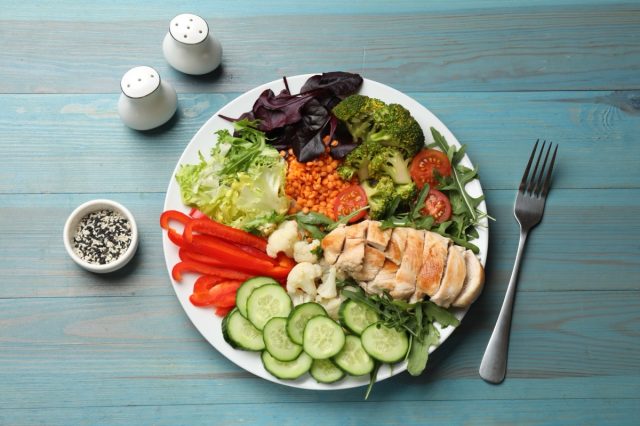
Large dinner portions can lead to overeating, especially if you're winding down for the evening. Use smaller plates to control portions and focus on mindful eating. Balance your meal with appropriate servings of protein, vegetables, and whole grains to keep it satisfying but calorie-conscious. By following these simple dinner rules, you can optimize your evening meals to burn fat overnight and wake up feeling lighter and more energized. And if you enjoyed this article, take advantage of these 15 Quick Ways to Lose Body Fat Percentage in a Week.




